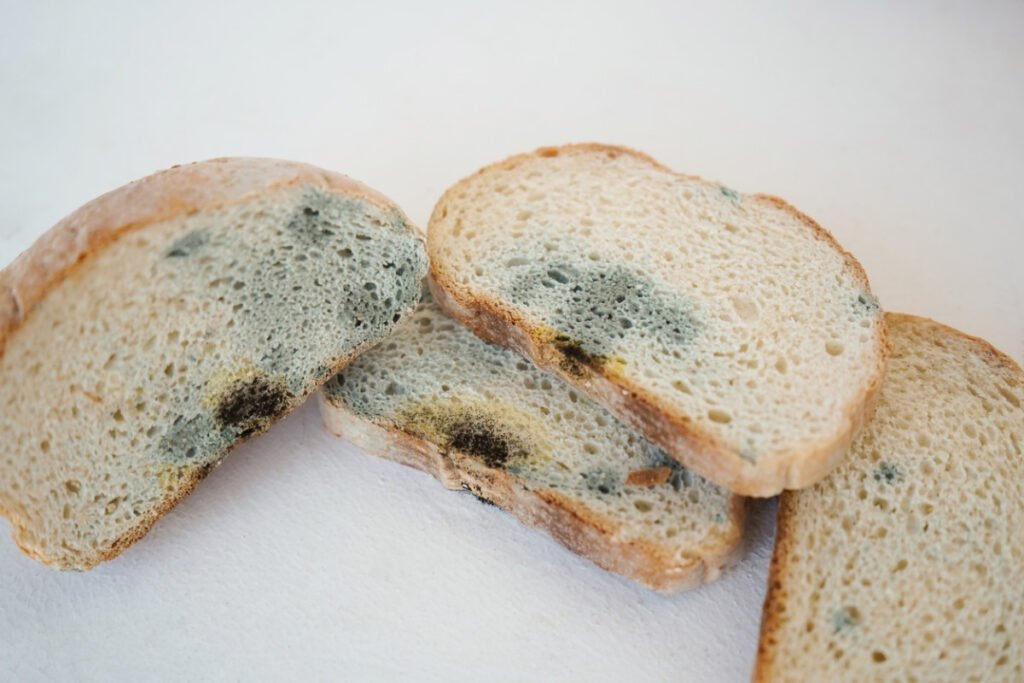Choosing a healthy bread from the many options that exist right now on the market, such as those we get with seeds, gluten-free, artisanal; it’s always a great idea: they’re loaded with many healthy ingredients, which help considerably to increase the daily intake of proteins and fibers, as well as helping to reduce sugar consumption. The only problem? By containing fewer preservatives than more industrial ones, they are not as durable, and sometimes, it is likely to happen, by accident, that you can eat a bite from a sandwich that is mouldy. So how serious can this happen?
Don’t worry: it’s quite likely that eating the bread mold won’t hurt your body. The most terrible part of eating mold is maybe realizing that you’ve eaten it. And even though you can think, “ugh!”, being disgusted is usually the worst thing that can turn out. If your immune system works properly and is healthy, you’ll probably be fine; you’ll just digest it.
But, since mold is a type of fungus, some people can be allergic to it, and this is where the issue can be complicated. Although these allergies are not usually serious, there have been certain very specific cases in which eating food full of mold has been fatal. Apart from the allergy problem, the other inconvenience of eating mold is the mycotoxins it contains. These are fungal toxins that produce different species of mold under certain conditions, and pose a risk to both human and animal health.
According to the Spanish Agency for Food Safety and Nutrition, the presence of mycotoxins in food and feed can affect human and animal health as they can cause various adverse effects such as cancer induction and mutagenicity, as well as problems in the metabolism of estrogens, gastrointestinal, and kidney. Some mycotoxins are also immunosuppressive, reducing resistance to infectious diseases.
Should we remove the mold?
If you realize that the bread is full of green spots, the most recommended thing is that you throw it away and don’t try to remove only the visible part. Those mold green spots aren’t just that, inside they’re growing and spinning roots known as hyphae that aren’t in full view, but take up a lot of space. So, whether you’re allergic or not, you’d better not try to clean the bread and just discard it.
How to handle food with mold?
Depends on the type. Since it’s easier for mold to spread in softer foods because of the way it grows, whether bread, cheese, meat, or sauces, you should throw them away. With harder foods such as carrots, strawberries, or hard cheeses, it’s a little harder for it to spread, so the mold is probably found only in visible areas. That’s why you can remove the mold and enjoy the rest if you want to, but in general, it’s better not to take risks.
If you see mold in food, likely, at that time, it will also be loaded with some bacteria, which means that, with mycotoxins or not, you still run the risk of getting sick. Go safe and better try to replace the food.

